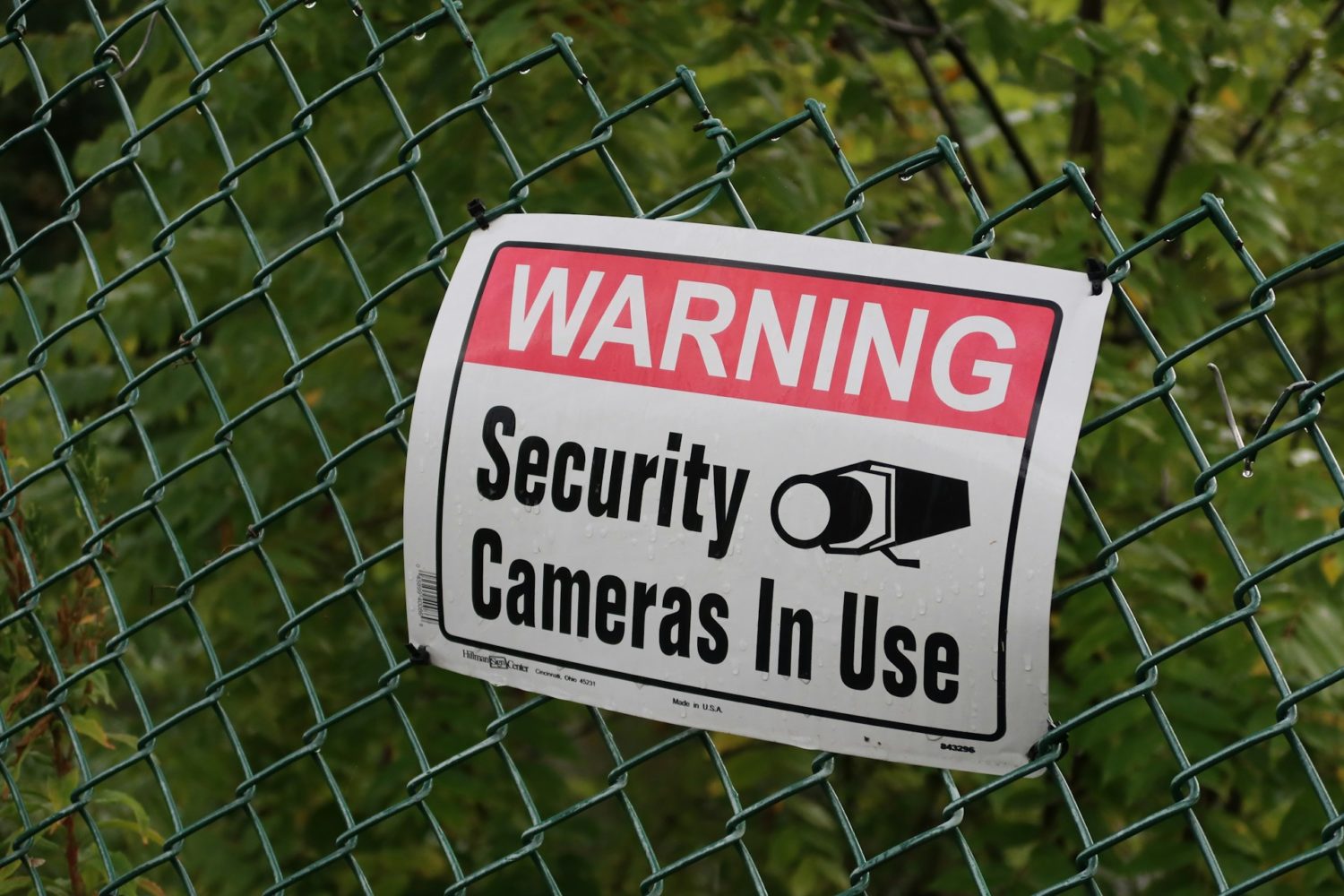School safety has changed in ways no one could have imagined. The challenges facing today’s campuses are more complex, unpredictable, and fast-moving than ever before. Traditional security methods, such as locks, cameras, and check-ins, are no longer enough to keep students and staff truly safe. The goal isn’t just to react when something goes wrong, but to create an environment that prevents threats before they happen. And it all starts at the front door. Your entry points set the tone for how secure your campus really is. When you strengthen that first line of defense, you build a safer, calmer space for learning to thrive.
1. Next-Generation Entry Management Technology
Think school security upgrades mean fancy locks? Think bigger. We’re talking smart card readers, credentials stored on phones, even fingerprint or facial recognition that logs exactly who’s walking your halls and when.
Here’s what makes these systems brilliant: they play nicely with the ID cards your students already carry and the apps they use daily. Touchless entry becomes the norm. Your staff watches attendance data flow in real-time. Administrators? They can trigger campus-wide lockdowns from one central hub within seconds.
When you invest in school security systems, you’re getting integration power that connects every piece of your safety puzzle. These platforms are engineered to communicate with complementary technologies, building protective layers that activate the moment danger surfaces.
But here’s the reality: access control tells you who walked through your doors. It can’t tell you what they’re doing on the other side. That’s precisely where intelligent video monitoring steps up—transforming from passive recording equipment into something that actively hunts for danger signals before situations spiral out of control.
2. Intelligent Video Monitoring Powered by Machine Learning
Remember when security cameras were just dumb recording devices? Those days are finished. Modern educational institution security harnesses artificial intelligence to watch your campus continuously, in the moment. These platforms spot weapons, flag behavioral anomalies, and notice unattended packages that could spell trouble.
You’re looking at 4K resolution cameras with panoramic views and night vision capabilities. The game-changer? The AI brain behind them. It identifies potential dangers and pushes instant alerts to your security team, no waiting around reviewing yesterday’s footage. And student privacy? Fully protected through automatic face blurring during routine monitoring and ironclad data retention protocols that comply with every regulation.
Spotting trouble means nothing if you can’t sound the alarm instantly to everyone who matters. During genuine emergencies, your notification infrastructure becomes the thin line separating pandemonium from organized crisis response.
3. Multi-Channel Alert Distribution Networks
Campus safety improvements live or die based on information speed. Contemporary mass alert platforms push critical updates through every available channel at once—text messages, emails, mobile notifications, public address systems, and electronic displays all fire simultaneously.
Teachers particularly value panic button technology these days. These wearable units let faculty quietly trigger alerts to administrators and police with a single press. They pack GPS locators, so first responders can pinpoint exact locations immediately. The two-way communication capability means your security command can broadcast live updates while events unfold.
Yet even your most advanced interior protection can’t shield against threats emerging from beyond your building walls. Fortifying the campus edge gives you precious early warning time and stops unauthorized entry before it reaches the people you’re protecting.
4. Boundary Line Protection Strategies
Your property perimeter represents your first and best opportunity to detect and deter potential threats. Intelligent fencing equipped with embedded sensors can trigger instant alerts when a breach is attempted. Strategically placed bollards help prevent vehicle-based attacks near parking areas and main entrances. Motion-activated LED lighting eliminates dark corners, ensuring outdoor spaces remain secure during after-hours activities.
Modern perimeter systems can even include aerial drone detection. Using radio frequency sensors, they identify unauthorized drones that could pose privacy or data risks. When paired with exterior cameras covering parking lots, athletic fields, and entry points, these tools ensure every part of your property boundary is under watch.
While physical defenses and detection technologies are critical for managing outside risks, many of today’s most serious security concerns emerge from within the school community. Modern threat assessment systems help identify concerning behaviors early, allowing schools to intervene before issues escalate into real danger.
Creating a truly secure campus isn’t just about walls, cameras, or alarms; it’s about awareness and connection. When technology, staff training, and clear communication work together, schools can foster a culture of safety that protects everyone without sacrificing the welcoming, supportive environment students need to learn and grow.
5. Behavioral Threat Programs Connected to Wellness Support
The best school security measures understand something crucial: hardware works optimally when combined with human intervention programs. Confidential reporting applications allow students and employees to submit concerning behavior reports without exposing their identity. These platforms route directly to counseling professionals who can step in before problems intensify.
Social media scanning tools monitor geofenced zones surrounding campuses for red flags, though they’re carefully calibrated to honor privacy limits. When you connect these to wellness resources like remote counseling access stations, you’ve created a complete prevention framework that tackles the underlying causes of campus violence.
Getting From Planning to Action
Resist the urge to tackle everything simultaneously. Launch with a thorough security evaluation that pinpoints your weakest spots. Federal funding sources like STOP School Violence grants and COPS initiatives can offset improvement costs. Most schools choose a staged rollout, adding one or two platforms at a time as funding materializes.
Training deserves equal weight with installation—cutting-edge equipment becomes worthless if your people can’t operate it under pressure. Consistent emergency drills and system checks keep everyone sharp and ready.

Balancing Technology with Human-Centered Safety Strategies
While advanced security technologies are powerful tools, a truly safe campus relies on the people within it. Building a culture of safety starts with fostering trust and awareness among students, staff, and the broader school community. Here are key human-centered strategies to complement technological upgrades:
- Community Engagement Initiatives: Encourage open dialogue through regular safety forums where students, parents, and staff can voice concerns and suggest improvements. Schools with active safety committees report higher trust and quicker issue resolution.
- Comprehensive Staff Training: Equip teachers and administrators with de-escalation techniques and threat recognition skills. Regular workshops can empower staff to act confidently in crises.
- Student-Led Safety Programs: Involve students in peer-led initiatives, such as safety ambassadors who promote awareness or report concerns anonymously.
- Mental Health Support Integration: Strengthen access to on-campus counselors and wellness programs. Early intervention through free or low-cost resources, like online mental health platforms, can address underlying issues before they escalate.
By blending these strategies with technology, schools create a layered defense that prioritizes both prevention and community well-being.
Questions You’re Probably Asking
1. What’s the realistic budget for full-scale school security enhancements?
Budgets swing wildly depending on campus dimensions and current infrastructure, but anticipate somewhere between $50,000 and $500,000 for complete overhauls. Most institutions spread implementation across 2-3 budget cycles to keep expenditures manageable.
2. Which security improvements deliver the biggest impact for the smallest investment?
Visitor screening platforms, controlled access points, and emergency alert buttons provide substantial protection without breaking your budget. These core elements install rapidly without requiring major construction projects.
3. How do you keep security tight without making the campus feel cold and institutional?
Lean toward unobtrusive or invisible technologies like AI-powered surveillance and mobile authentication. Skip the fortress aesthetics while maintaining robust perimeter defense through thoughtful architectural choices.
Moving Forward With Confidence
Safeguarding students and faculty isn’t up for debate; it’s your fundamental responsibility. These five security enhancement categories build interconnected protection layers that prevent incidents, detect emerging threats, and enable rapid response when needed.
Begin by evaluating your current security posture honestly, then rank improvements according to your distinct vulnerabilities and financial capacity. Remember this: incremental progress beats standing still. Your school community’s safety hinges on taking decisive action today instead of reacting after tragedy strikes.












